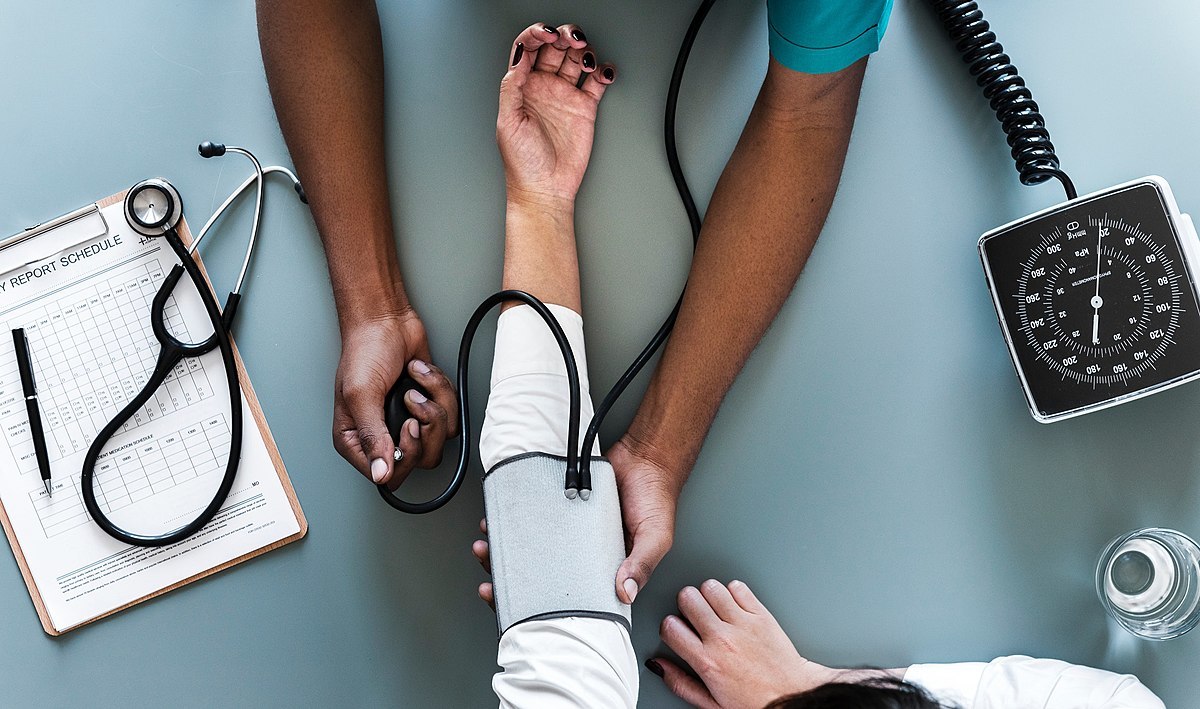
The current modern lifestyle undeniably has resulted in more health risks, and a common health risk is high blood pressure. Higher blood pressure is a dangerous health risk for many reasons, this is why it is important to get yourself a good Blood Pressure Monitor or a Sphygmomanometer.
How to Use a Blood Pressure Monitor:
Procedures in using a blood pressure monitor will vary with what type of sphygmomanometer you have (related read: Buying Guide), however, they share a common mechanism, the pressure is increased by inflating the cuff over one’s arm, and the pressure is released by a valve. Blood flowing through the arteries generates a spike in pressure as the heartbeats, which swiftly drops as the heart’s ventricles prepare for the next beat. The systolic and diastolic pressures are the rise and decrease of blood pressure, respectively. The steps to accurately measuring one’s blood pressure are outlined below.
Be Familiar with Blood Pressure Readings:
Remember that blood pressure are shown as systolic over diastolic. For adults, the normal blood pressure is 120/80.
Make sure the cuff is properly placed:
If the cuff is placed too tightly or too loosely, the reading will not be accurate. The cuff should be 80% of the circumference of the upper arm and ensure that it should not be around a clothed arm. Make sure that the lower edge of the cuff is an inch above the region of the arm in front of the elbow.
Listen and Observe
This is more suitable for manual blood pressure monitors. In order to accurately read the blood pressure, be sure to listen to the knocking sounds you will hear through the stethoscope, however, there are a lot of digital monitors now, which makes reading easier.
Take the blood pressure for both arm
In order to get the most accurate reading, read on both arms. Note as well the arm side and arm position when using the monitor.
Causes of Inaccurate Reading:
Nerves:
When one is nervous during a blood pressure test, it can show a higher blood pressure than normal blood pressure. This is because when you are anxious your body will release a stress hormone called cortisol that raises the body’s blood pressure.
A Full Bladder:
It might surprise you that not peeing can give you such inaccurate blood pressure reading but yes, it does affect it a lot. This is because your bladder exerts pressure on your kidneys which increases pressure in your blood vessels, this would increase the reading around 10 to 15 points.
Caffeine, Tobacco and, Alcohol
Constant consumption of these substances actually do increase your blood pressure permanently but that is not what we are implying here. Smoking, and drinking both caffeinated and alcoholic drinks within 30 minutes before the test can noticeably increase your blood pressure
Cold Temperature
Blood vessels will contract at lower temperatures which means that more pressure is required for blood to flow along, this would give a higher reading.
Talking
A study by Lynch, J. J., et al (1982) showed that there is a positive correlation between resting and talking blood pressure.
Arm Position
Movement of arm position causes changes in BP readings. It has been shown that constant arm movement when getting your blood pressure measurement results in higher systolic and diastolic measurements. One should keep their arm in a horizontal position in order to ensure accuracy (Mourad et al., 2003).
Taking Your Own Blood Pressure at Home
If you are diagnosed with hypertension, it would be a smart idea to check your blood pressure at least twice a day. The ideal time to do so is an hour after waking up and an hour before sleeping. As mentioned before, make sure you don’t intake any stimulants before testing and pee beforehand as well!
Keep the following in mind:
- Be sure you are seated comfortably, this means that your back should be rested and your feet are placed comfortably on the floor (UNCROSS YOUR LEGS!). Take the blood pressure on your non-dominant hand (if you write your right, take the pressure on your left arm). Keep your arm on heart level properly supported.
- Locate your pulse by placing your index and middle finger on the other side of your elbow. This is where you should place your stethoscope if you are using a manual sphygmomanometer, if you are using a digital one, you should place the pump right above the pulse.
- If you are trying to seriously monitor your blood pressure, then you should note down your measurements, which would be really helpful during your next check-up too!
Check this Video out on how to Check Blood Pressure Manually!
Whether you have hypertension or is in the healthiest shape, it is never a bad idea to start monitoring your blood pressure regularly. We hope that this simple guide will help you in monitoring your blood pressure at home! If you are looking to get your own blood pressure monitor, check out our post for the best blood pressure monitor you can get online now! You can also read through what you should look for in a blood pressure monitor here
Last Updated on
- How to clean standing fan easily - September 24, 2022
- How Long Does a Fan Last? – Electric fan Maintenance Guide - September 23, 2022
- Can electric fans be left on 24 hours a day? - September 23, 2022
